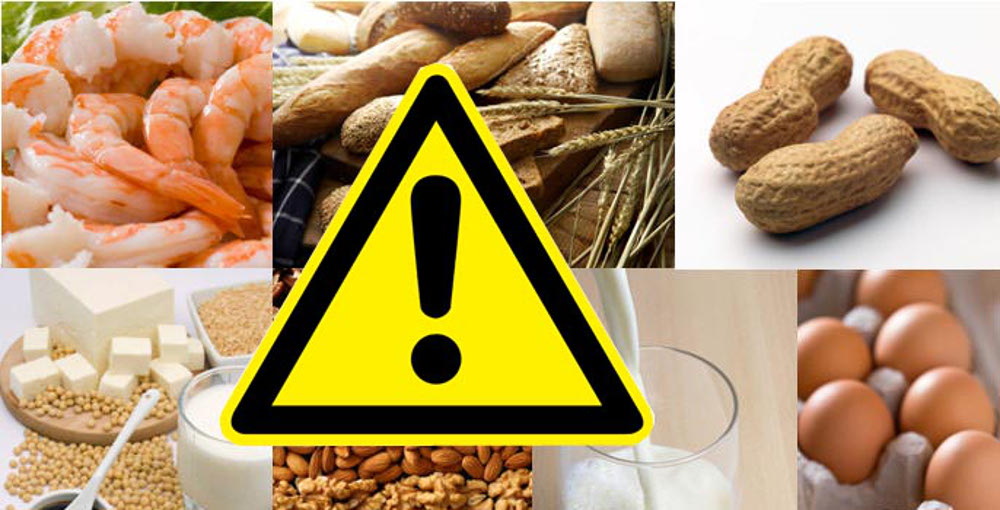Allergy or intolerance.
Before addressing the issue of food allergies is necessary to establish the line with food intolerances . The main difference is that in the food intolerance the immune system is not involved and the symptoms are purely gastroinestinal .
An example of food intolerance is lactose intolerance, caused by the inability to produce a digestive enzyme (lactase) that breaks the sugar contained in milk (lactose).
In food allergy the immune system (immunoglobulin E released specific against that antigen) is always involved and the symptoms are more varied (not limited to gastrointestinal type) .
What causes food allergy?
Food allergies are caused by a reaction of our immune system, which recognizes the allergen (protein portion of the food) as an intruder .
For allergic reaction, a sensitive person must be exposed to the food at least once before the symptoms appear. During that first contact will not develop allergic symptoms, but the immune system identify the allergen as an intruder and track it. Thus, the following exposition will cause the reaction, which involves the release of histamine , triggering allergic symptoms .
The consequences of a food allergy can be mild (rashes, tingling in the mouth , swelling of the face, stomach pain, diarrhea, vomit) or very serious (loss of consciousness, breathing dificulties or anaphylactic shock that can lead to death in extreme cases) .
Major food allergens.
Although there are more than 160 identified allergens, 8 foods cause over 90% of allergies . These are:
• Milk
• Eggs
• Fish ( a fish allergy specific ) :
• Crustaceans
• Nuts (almonds , walnuts, cashews … )
• Peanuts
• Wheat
• Soy
Food labeling .
Current European legislation (Directive 2003/89 EC) provides that all products sold should included in the label the presence of allergens, whether or not they are fundamental ingredients or in very small amounts (traces) .
It is also necessary that the food industries prevent the incorporation of these potential allergens by any contamination in the food chain .
HS Consulting Team
Sources: Spanish Agency for Food Safety and Nutrition ( AESAN )
FDA (Food and Drug Administration)

 English
English
 Português
Português  Português
Português 